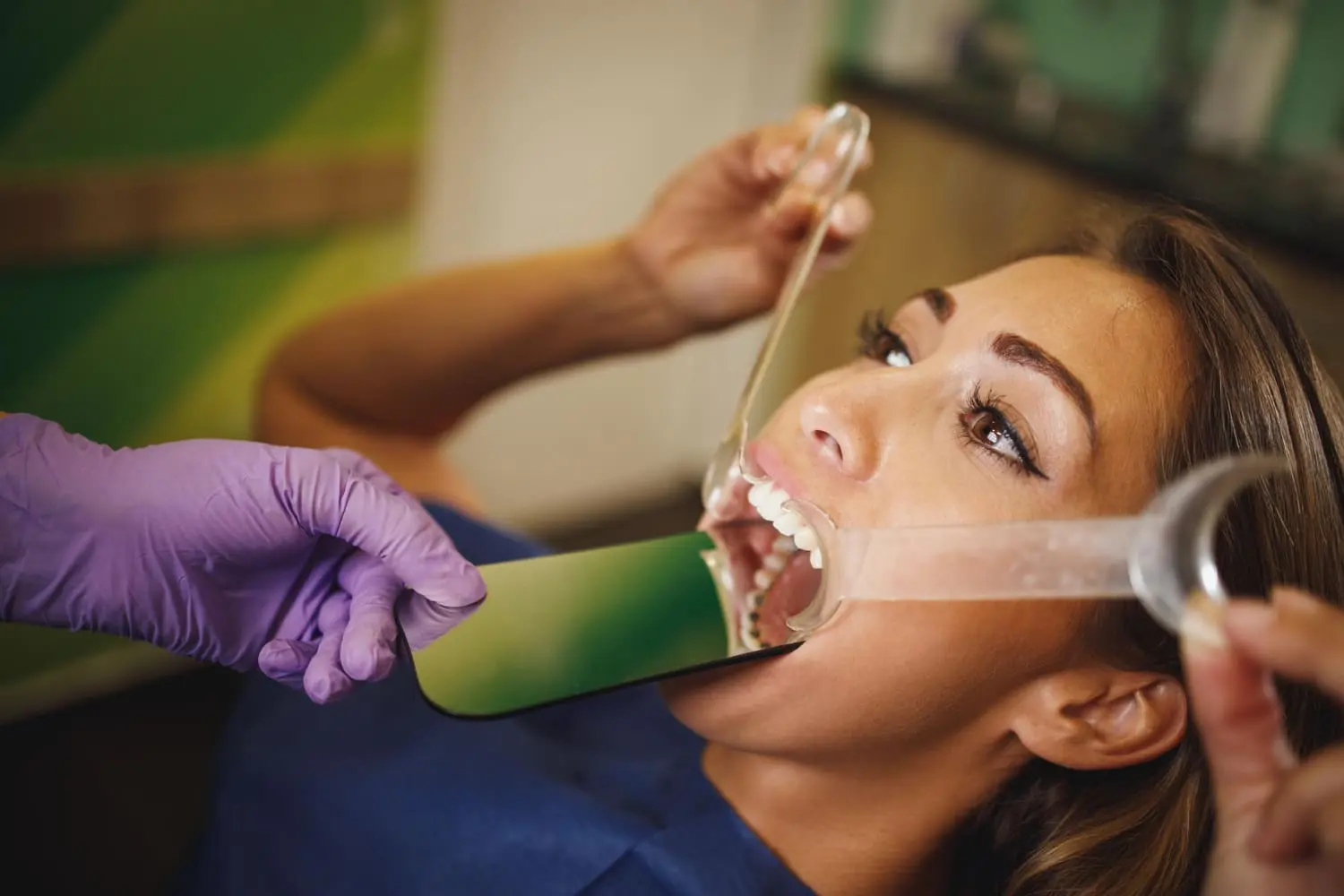Clear Aligners such as Invisalign
Clear aligners, such as Invisalign, are removable trays that gradually shift teeth into place. They are popular among adults and teens for their convenience and aesthetic appeal.
Components
Custom-made clear trays.
Advantages
Nearly invisible, removable for eating and cleaning.
Considerations
Requires discipline to wear consistently, not suitable for severe cases.

Clear aligners, like Invisalign, are a fantastic option for those looking to straighten their teeth without the hassle of traditional braces. These custom-made clear trays are super popular among both adults and teens, mainly because they’re nearly invisible, so you can smile confidently without anyone noticing you’re wearing them.
Plus, they’re removable, which means you can take them out when you’re eating or cleaning your teeth, making them incredibly convenient. However, it’s important to remember that they require a bit of discipline to wear consistently, as they need to be on your teeth for most of the day to be effective. Also, they might not be the best choice for more severe dental cases, so it’s always a good idea to consult with your dentist to see if they’re the right fit for you!
Traditional Metal Braces
Metal braces are the most common type of braces, known for their durability and effectiveness in correcting complex dental issues. They consist of metal brackets and wires, often held in place with rubber bands.
Components
Metal brackets, archwire, rubber bands.
Advantages
Effective for severe misalignments, cost-effective.
Considerations
Visible, may cause discomfort initially.

Metal braces are a popular choice for many people looking to straighten their teeth, and for good reason!
These braces are made up of sturdy metal brackets and wires, which are often secured with colorful rubber bands. They’re particularly effective at tackling severe misalignments, making them a reliable option for complex dental issues. Plus, they are tough and usually more cost-effective compared to other types of braces. While they might be a bit more noticeable and can cause some initial discomfort, many find that the results are well worth it. At Limestone Hills Orthodontics, we offer Rhodium metal braces as a standard, which look a lot nicer than stainless steel metal braces (more like white gold).
Overall, metal braces are a tried-and-true method for achieving a beautiful, straight smile!
Ceramic Braces
Ceramic braces function similarly to metal braces but use tooth-colored or clear brackets, making them less noticeable.
Components
Ceramic brackets, archwire, optional rubber bands.
Advantages
Aesthetic appeal, nearly invisible.
Considerations
More fragile than metal braces, may stain.

Ceramic braces are a fantastic option for those looking to straighten their teeth without the noticeable appearance of traditional metal braces. They work just like metal braces but come with tooth-colored or clear brackets, which blend in with your teeth, making them a lot less conspicuous. These braces consist of ceramic brackets, an archwire, and sometimes rubber bands to help guide your teeth into the perfect position. One of the biggest perks is their aesthetic appeal, as they are nearly invisible, so you can smile with confidence throughout your treatment. However, it’s important to keep in mind that ceramic braces are a bit more fragile than their metal counterparts and can stain if not properly cared for. So, if you’re considering them, just be a little extra cautious with your diet and oral hygiene!
At Limestone Hills Orthodontics, to prevent staining of ceramic braces, we use a self-ligating design, explained below!
Lingual Braces
Lingual braces are placed on the inside surface of the teeth, making them invisible from the outside.
Components
Custom-made brackets, archwire.
Advantages
Invisible from the outside, effective for complex cases.
Considerations
May affect speech, more difficult to clean.

Lingual braces are a fantastic option for those looking to straighten their teeth without the appearance of traditional braces. These braces are cleverly placed on the inside surface of your teeth, so they remain invisible to the outside world. They consist of custom-made brackets and an archwire, tailored specifically for your dental needs. Lingual braces are particularly effective for complex cases, offering a discreet yet powerful solution. However, it’s important to keep in mind that they might initially affect your speech and can be a bit more challenging to clean. But with a little practice and patience, these considerations can be easily managed, allowing you to enjoy the benefits of a beautiful smile!
Self-Ligating Braces
Self-ligating braces are types of dental braces that use a specialized bracket system that eliminates the need for rubber bands that tie the wire to the bracket, allowing for easier cleaning and potentially faster treatment times.
Components
Self-ligating brackets, archwire.
Advantages
Reduced friction, easier to clean, fewer adjustments needed.
Considerations
May not be suitable for all cases.

Self-ligating braces are a modern twist on traditional braces, designed to make your orthodontic journey a bit smoother and possibly quicker! They use a special bracket system that does away with those pesky rubber bands, which not only makes cleaning your teeth a breeze but also reduces friction. This means fewer trips to the orthodontist for adjustments, which is always a win! The main components are self-ligating brackets and an archwire. However, it’s important to note that these braces might not be the perfect fit for everyone, so it’s best to have a chat with your orthodontist to see if they’re the right choice for your smile.
Considerations for Different Age Groups

